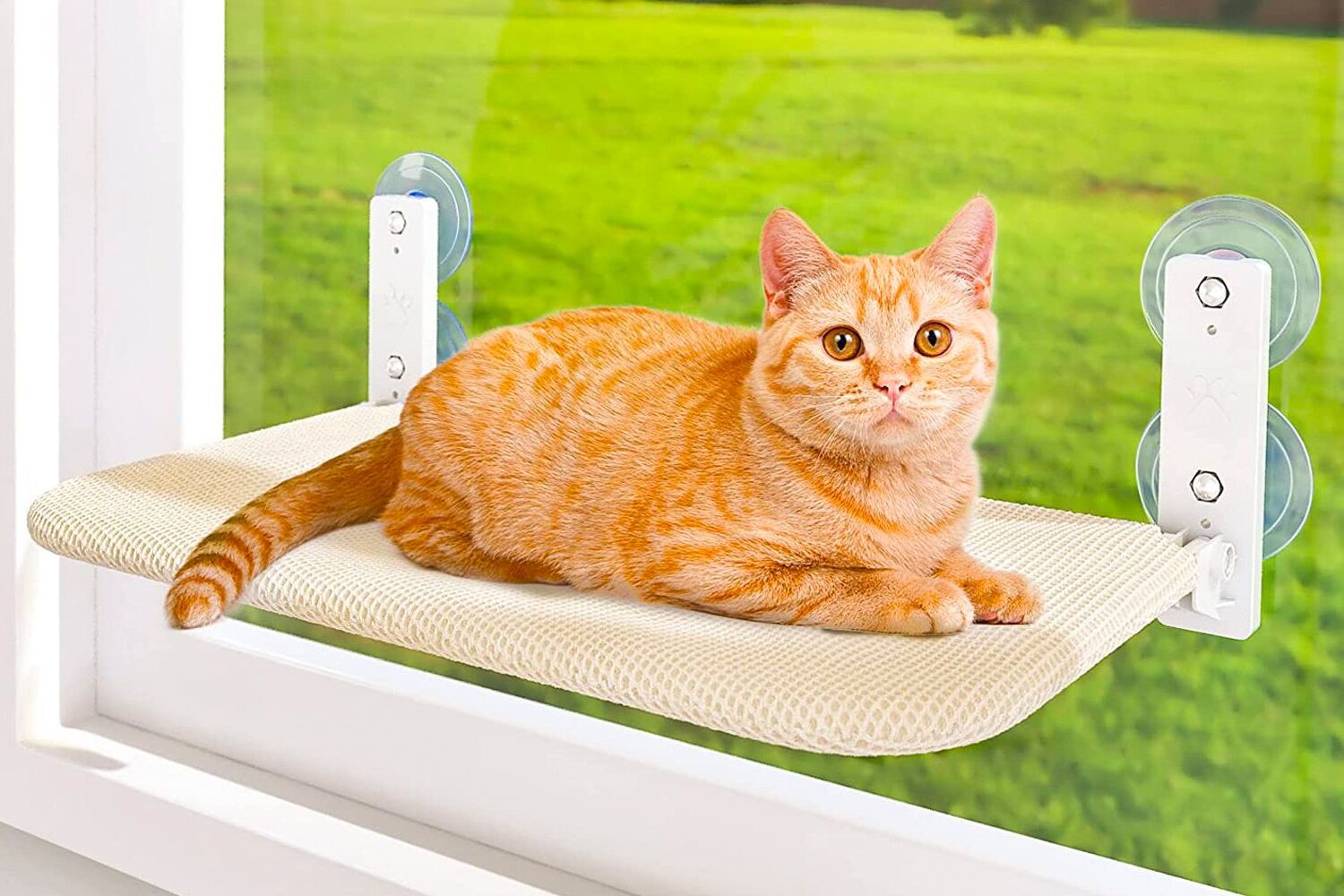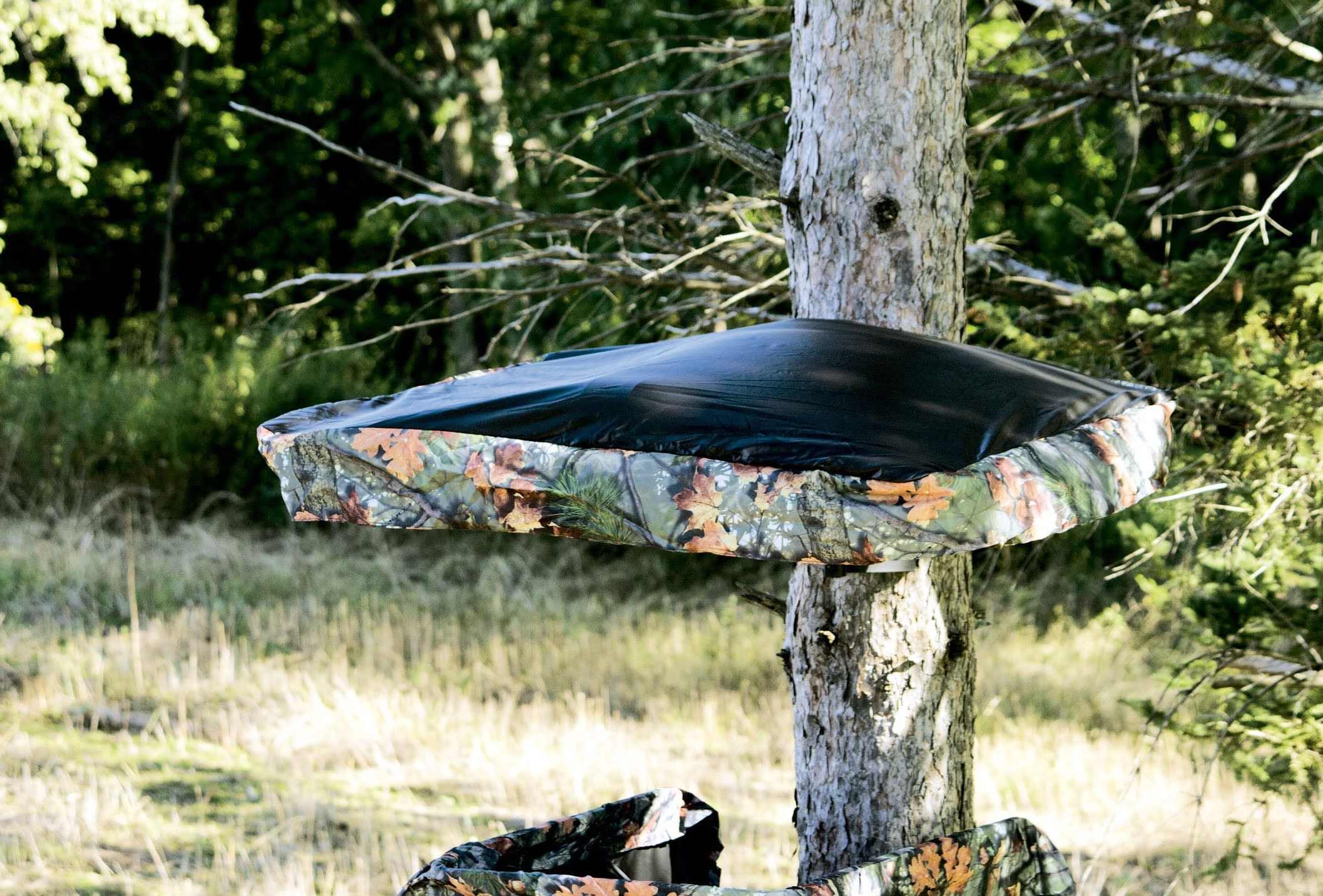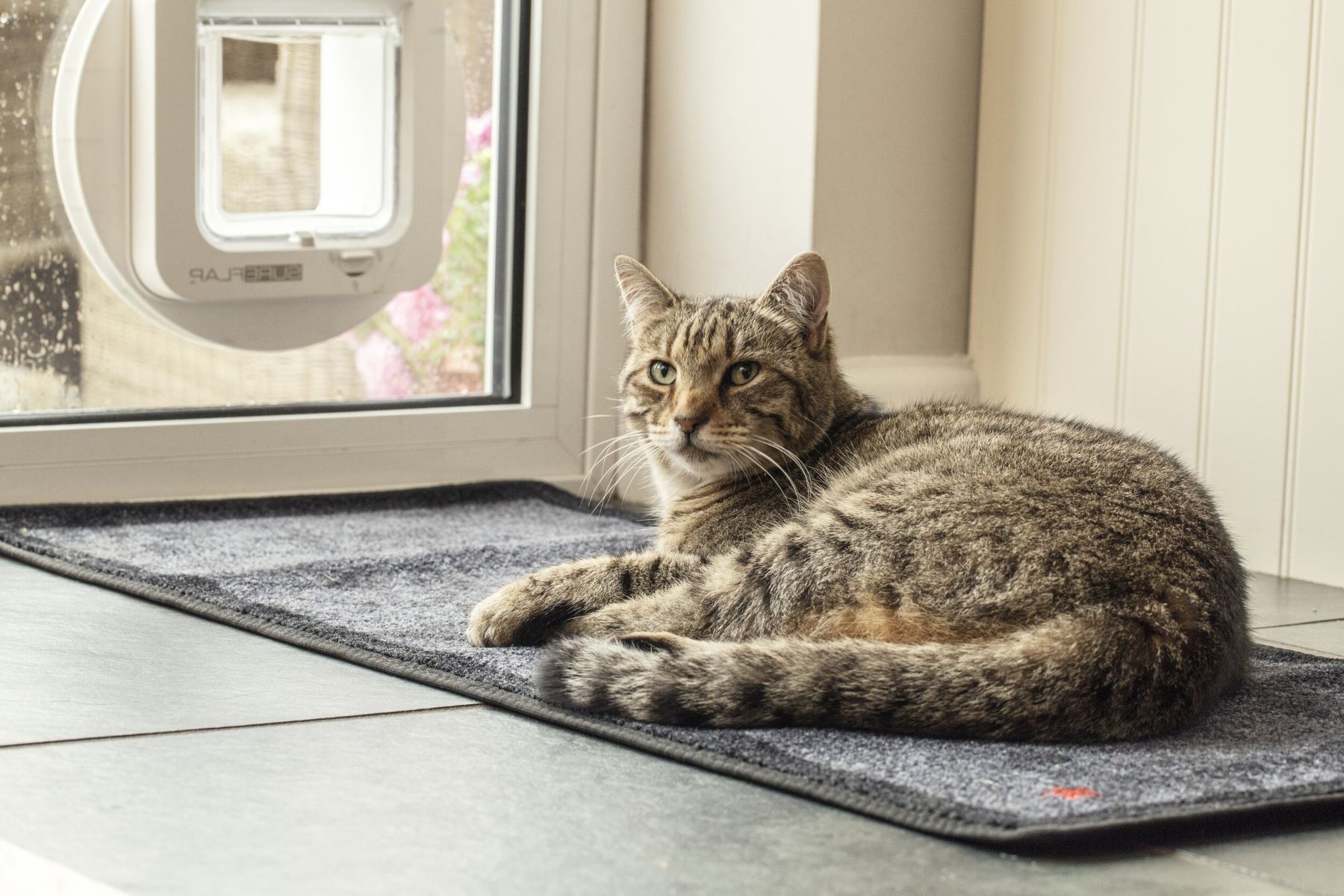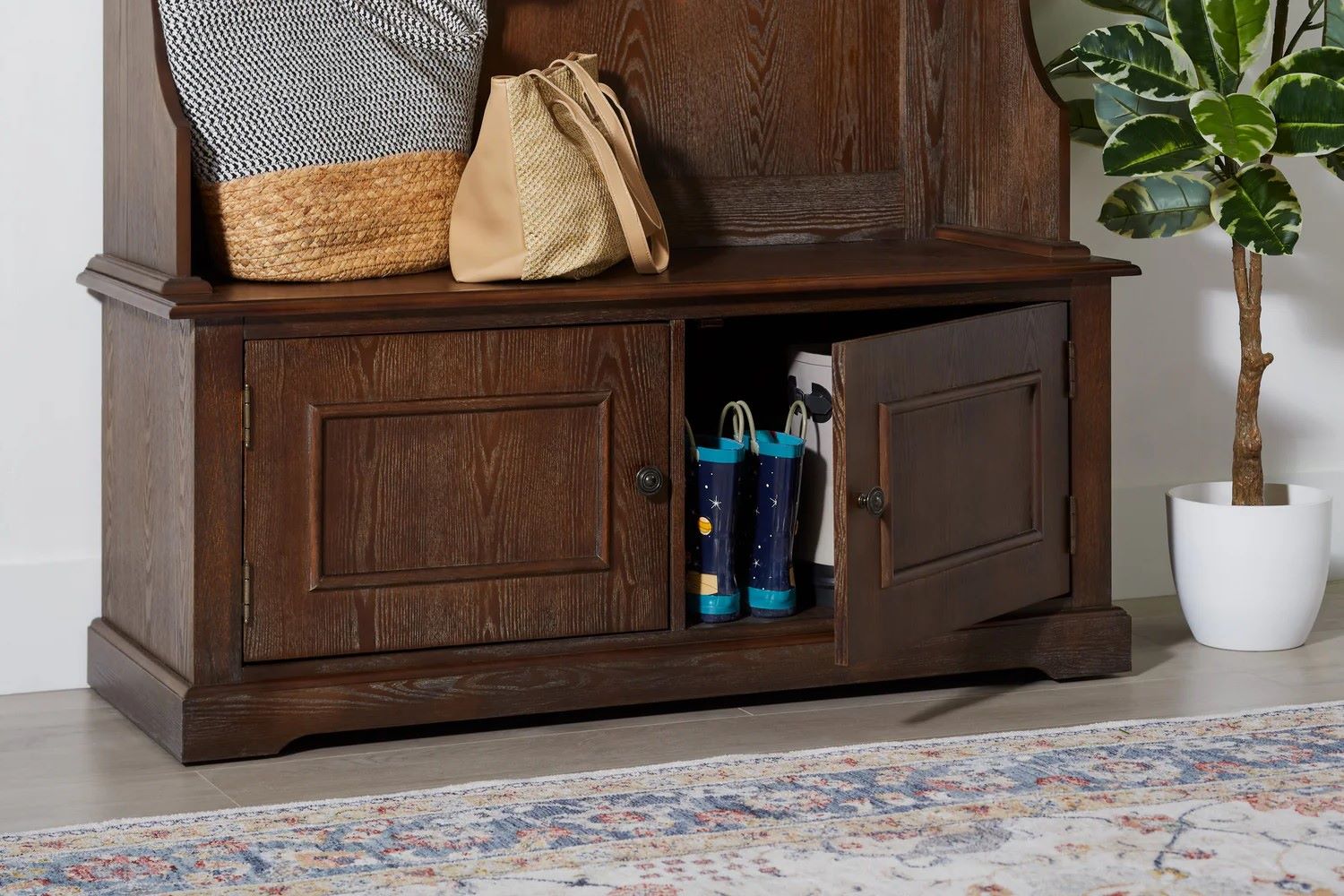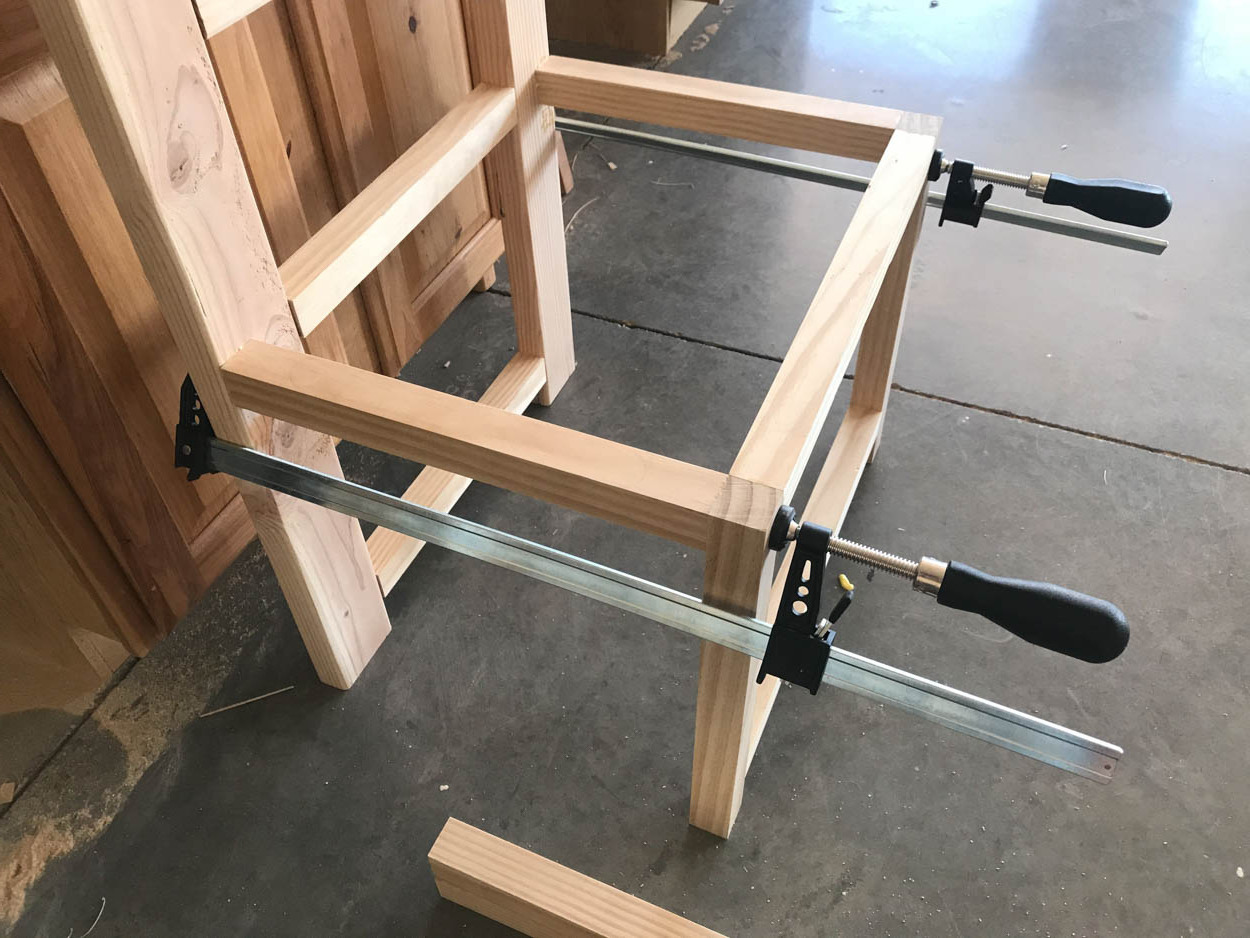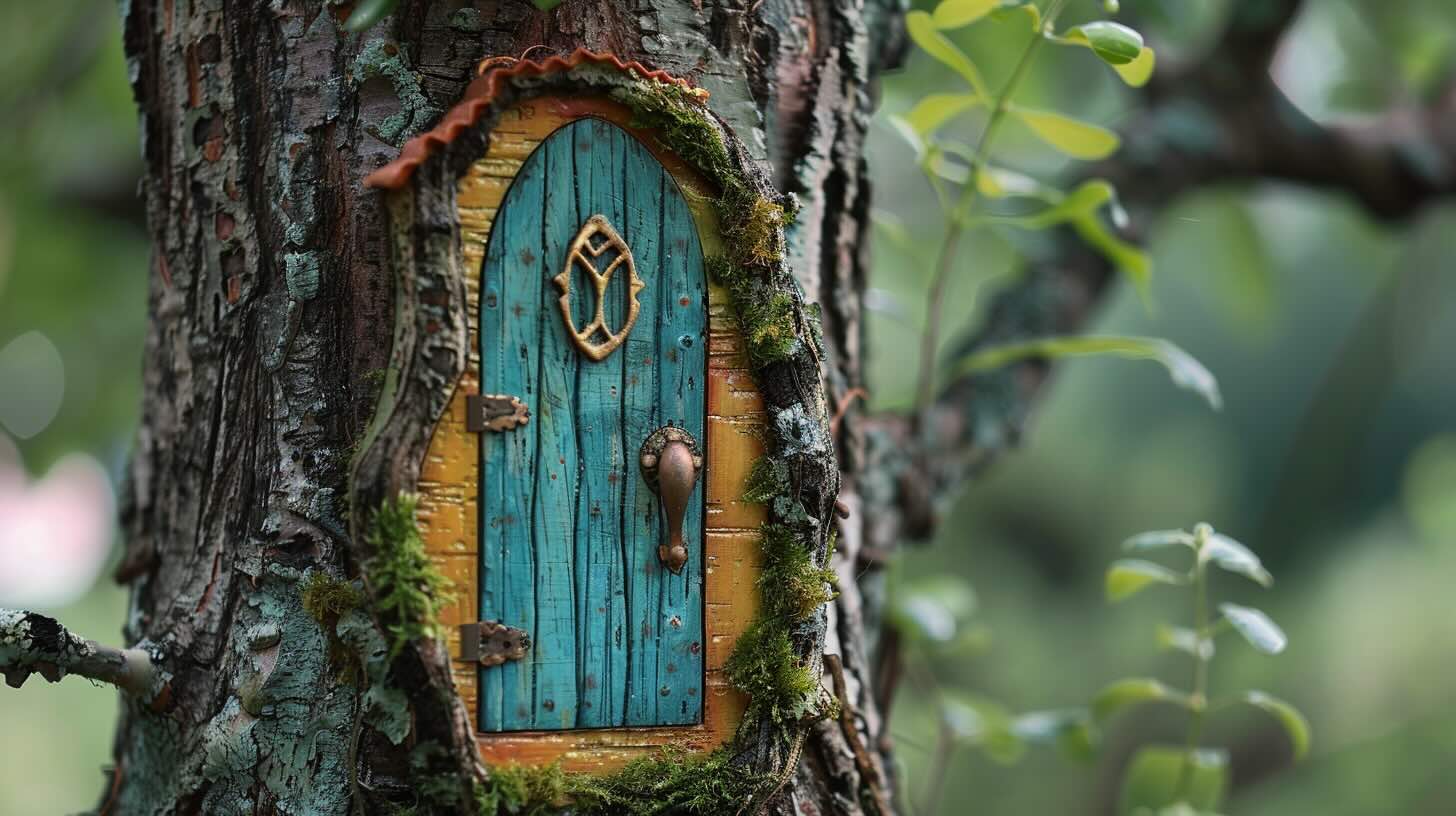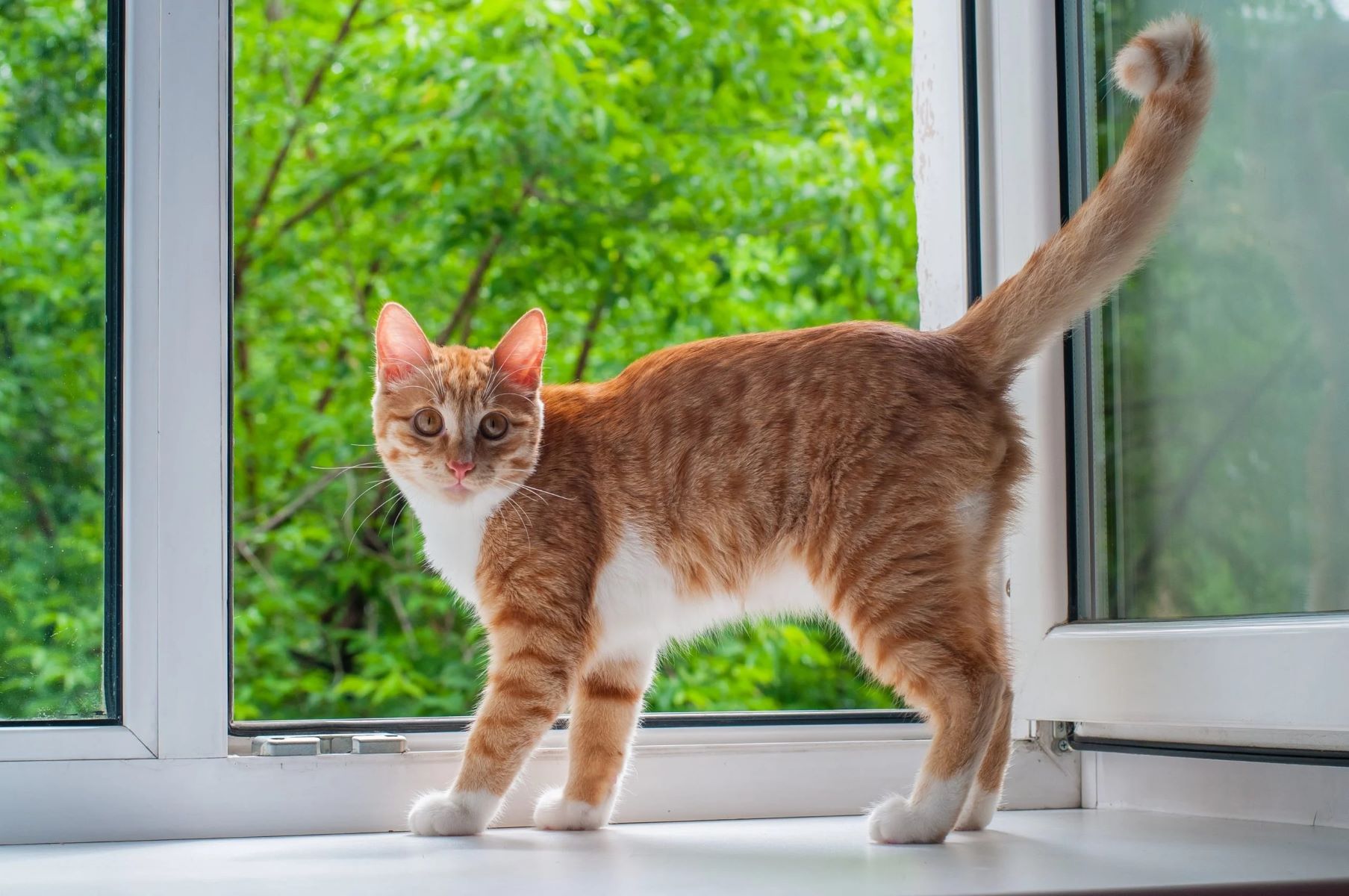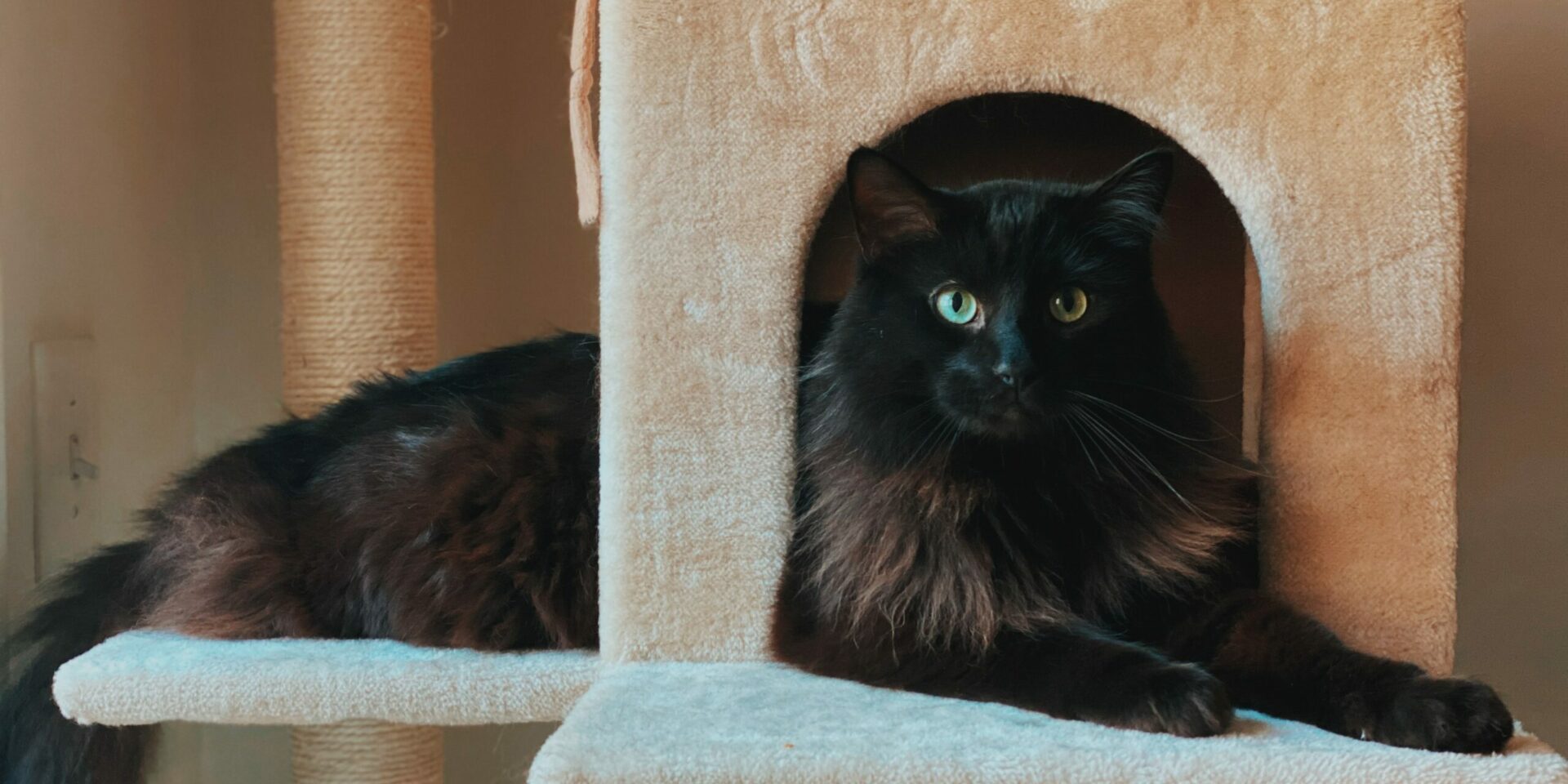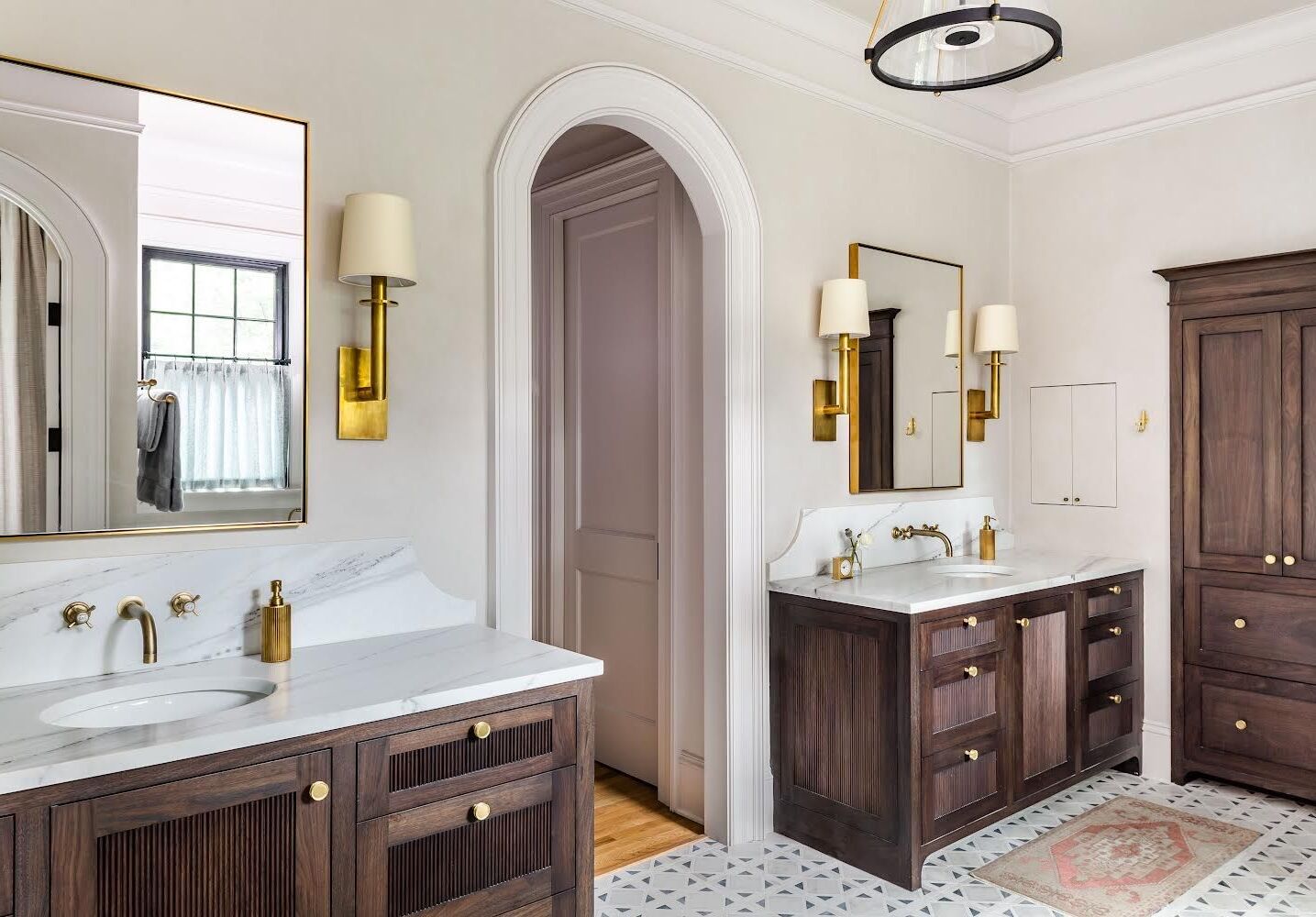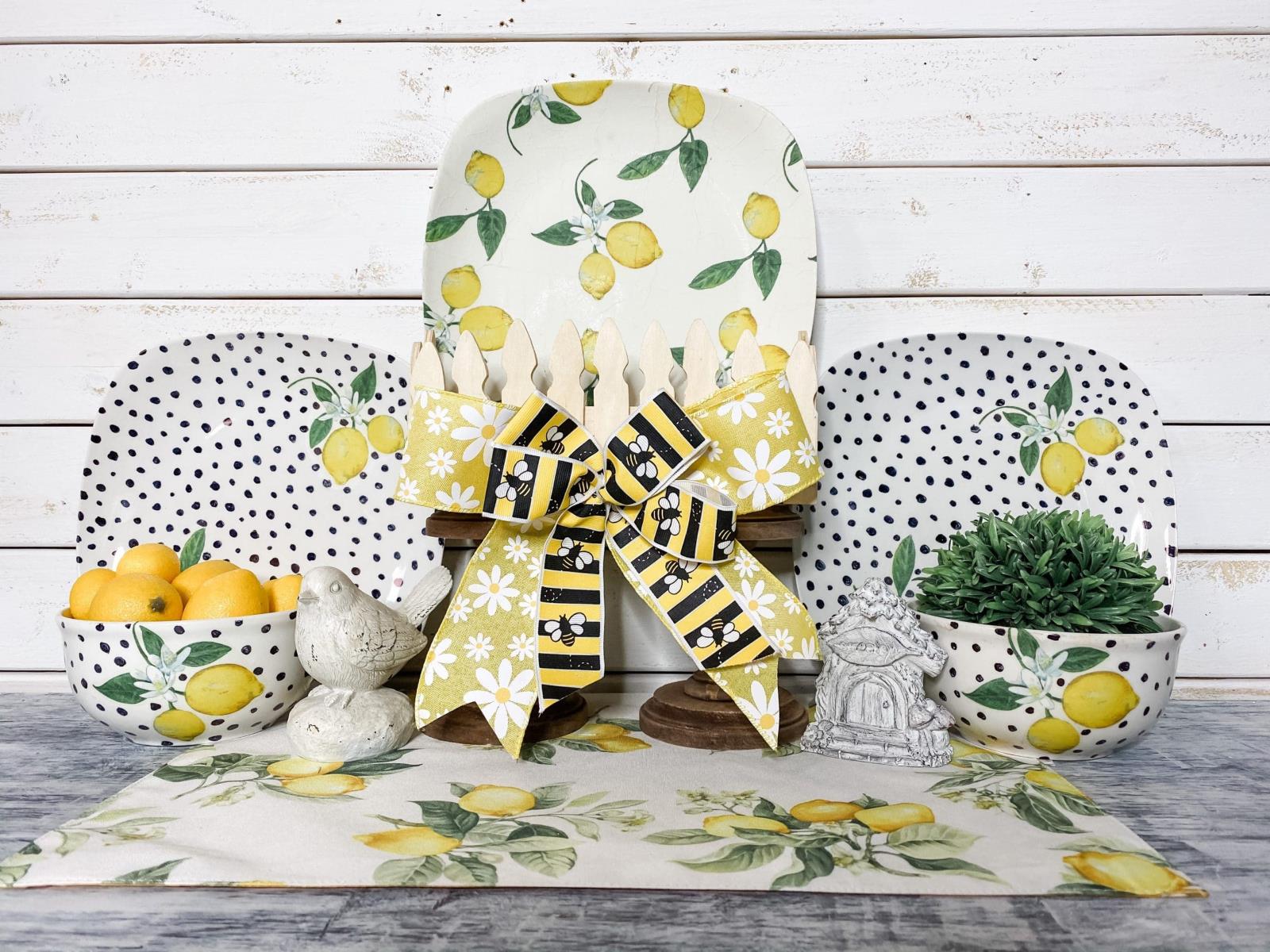Home>Create & Decorate>DIY & Crafts>How To Make A Cat Tree
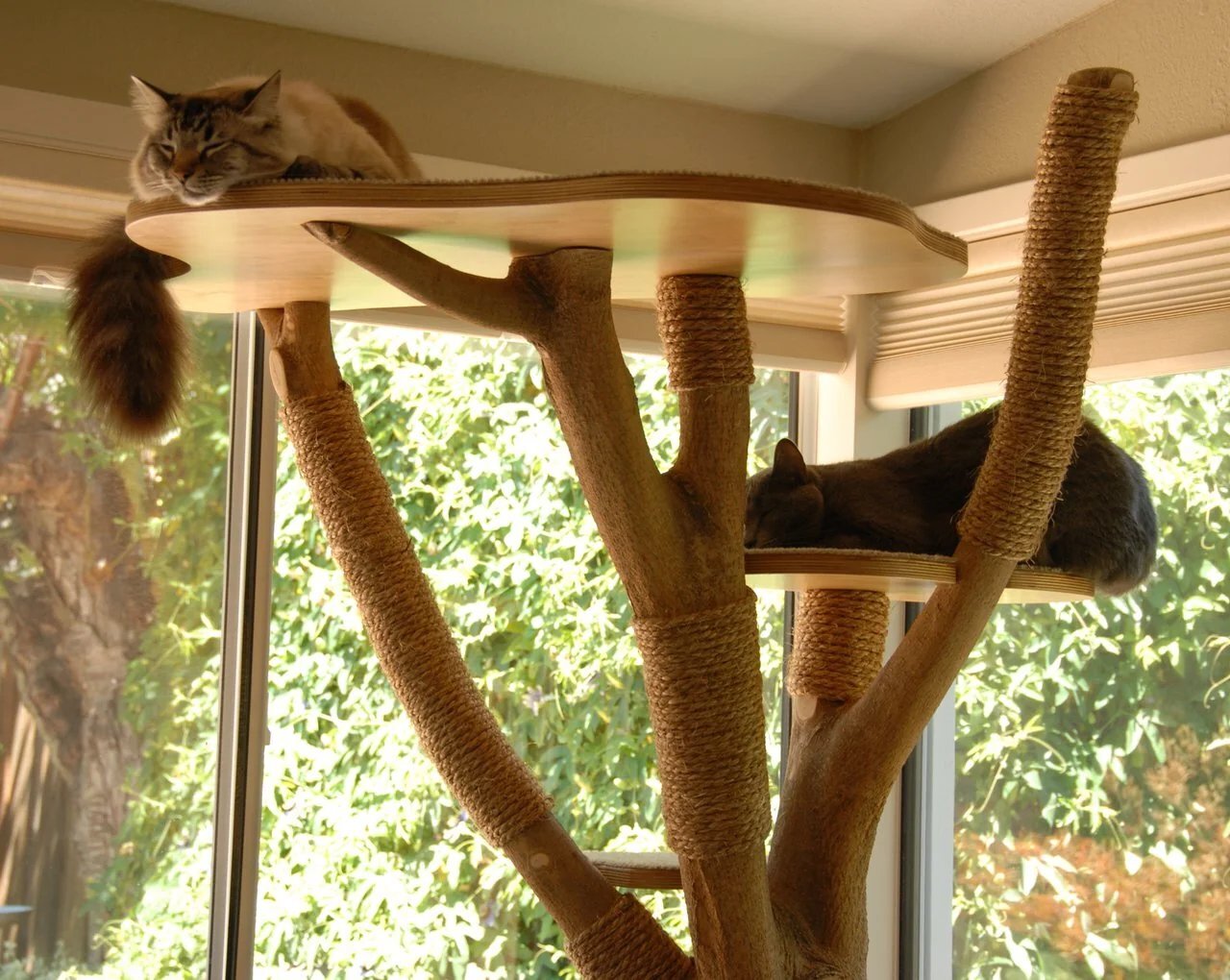

DIY & Crafts
How To Make A Cat Tree
Published: February 27, 2024

Content Creator specializing in woodworking and interior transformations. Caegan's guides motivate readers to undertake their own projects, while his custom furniture adds a personal touch.
Learn how to create a DIY cat tree with our step-by-step guide. Discover fun and easy crafts for your furry friend today!
(Many of the links in this article redirect to a specific reviewed product. Your purchase of these products through affiliate links helps to generate commission for Twigandthistle.com, at no extra cost. Learn more)
Introduction
Creating a cat tree can be a rewarding and enjoyable DIY project that not only provides your feline friend with a fun and stimulating environment but also adds a touch of charm to your home. Cat trees, also known as cat condos or kitty towers, are structures designed to satisfy a cat's natural instincts to climb, scratch, and perch. By crafting a custom cat tree, you can tailor it to your cat's preferences and your home's aesthetic, ensuring a purr-fect fit for both your pet and your living space.
Crafting a cat tree from scratch allows you to unleash your creativity and personalize the design to suit your cat's unique personality and habits. Whether your feline friend loves to climb to great heights, lounge in cozy hideaways, or sharpen their claws on a sturdy scratching post, a custom cat tree can cater to their individual needs and preferences.
Not only does a DIY cat tree offer a personalized touch, but it also provides a cost-effective alternative to purchasing a pre-made cat tree. By sourcing materials and constructing the cat tree yourself, you can save money while enjoying the satisfaction of building something with your own hands.
In this comprehensive guide, we will walk you through the step-by-step process of creating a custom cat tree that will delight your feline companion and complement your home decor. From planning and gathering materials to constructing the base, adding platforms and perches, and incorporating engaging accessories, this guide will equip you with the knowledge and inspiration to embark on this fulfilling DIY project. So, roll up your sleeves, gather your materials, and get ready to embark on a creative and rewarding journey to build a one-of-a-kind cat tree that will be the envy of all the neighborhood cats!
Read more: How to Build a DIY Cat Door
Materials Needed
To embark on the exciting journey of building a custom cat tree, you will need a variety of materials to bring your feline-friendly creation to life. Here's a comprehensive list of the essential items required for this DIY project:
Wood:
- Plywood: This will serve as the primary material for constructing the base, platforms, and perches of the cat tree. Opt for sturdy plywood to ensure stability and durability.
- 2×4 Lumber: These will be used to create a solid and robust frame for the cat tree, providing structural support for the various levels and platforms.
Sisal Rope or Carpet:
- Sisal Rope: Ideal for wrapping around the scratching posts, sisal rope offers a durable and textured surface that encourages cats to sharpen their claws while providing a natural look and feel.
- Carpet: Alternatively, you can use carpet to cover the scratching posts, offering a cozy and comfortable texture for your cat to scratch and lounge on.
Scratching Posts:
- Wooden Dowels or PVC Pipes: These will form the core of the scratching posts, providing a sturdy and resilient surface for your cat to indulge in their natural scratching behavior.
Read more: How to Build a Window Catio Step-by-step
Tools:
- Saw: A saw will be essential for cutting the plywood and lumber to the desired dimensions, allowing you to create the base, platforms, and perches with precision.
- Drill and Screws: These tools will be used to assemble the various components of the cat tree, ensuring a secure and stable structure.
- Staple Gun: If you opt for carpet as a covering material, a staple gun will be necessary to attach the carpet securely to the surfaces of the cat tree.
Accessories:
- Toys: Incorporating dangling toys or interactive elements into the cat tree will provide entertainment and stimulation for your feline companion.
- Fabric or Cushions: Adding fabric or cushions to certain areas of the cat tree will offer cozy spots for your cat to relax and unwind.
Optional Decorative Elements:
- Faux Foliage: Adding artificial foliage, such as silk leaves or vines, can enhance the visual appeal of the cat tree and create a natural and inviting environment for your cat.
By gathering these materials, you will be well-equipped to commence the construction of a custom cat tree that will cater to your cat's instincts and preferences while adding a touch of charm to your home. With these essential items at your disposal, you are ready to move on to the next exciting phase of this DIY endeavor: planning and design.
Step 1: Planning and Design
Embarking on the creation of a custom cat tree begins with careful planning and thoughtful design. This crucial initial step sets the foundation for a successful and satisfying DIY project. By considering your cat's behavior, preferences, and the available space in your home, you can tailor the cat tree to meet both your feline companion's needs and your aesthetic vision.
Understanding Your Cat's Behavior:
Before diving into the design phase, take some time to observe your cat's behavior and habits. Does your cat enjoy climbing to elevated spaces, or do they prefer cozy hideaways for relaxation? Understanding these tendencies will guide the design of the cat tree, ensuring that it aligns with your cat's natural inclinations.
Assessing Available Space:
Evaluate the area where the cat tree will be placed. Consider the height, width, and depth of the space to determine the appropriate dimensions for the cat tree. If you have limited floor space, a vertical cat tree with multiple levels may be ideal. Conversely, if space allows, a sprawling and multi-tiered design could be considered.
Sketching the Design:
With insights into your cat's behavior and the spatial considerations in mind, sketch a preliminary design for the cat tree. Determine the number of platforms, perches, and scratching posts based on your cat's preferences and the available space. Consider incorporating various levels of elevation, cozy hideaways, and interactive elements to create a dynamic and engaging environment for your cat.
Selecting Materials:
Based on the design sketch, identify the specific materials required for the construction of the cat tree. Choose sturdy plywood for the platforms and perches, ensuring they can support your cat's weight. Select high-quality sisal rope or carpet for the scratching posts, providing a durable and inviting surface for your cat to sharpen their claws.
Read more: How To Make A Cat Enclosure
Safety Considerations:
Prioritize the safety of your cat by ensuring that all materials and components are secure and stable. Avoid any sharp edges or protruding elements that could pose a risk to your cat's well-being. Additionally, opt for non-toxic materials to safeguard your cat's health.
By meticulously planning and designing the cat tree, you can lay the groundwork for a structure that harmonizes with your cat's instincts and your home environment. With a clear vision and a well-thought-out design, you are ready to progress to the next phase: gathering the materials needed to bring your custom cat tree to life.
Step 2: Gathering Materials
Gathering the necessary materials is a pivotal phase in the journey of creating a custom cat tree. This step involves sourcing a range of items that will form the building blocks of the cat tree, ensuring that each component is carefully selected to meet the specific needs of your feline companion and the design requirements of the project.
The primary material for constructing the base, platforms, and perches of the cat tree is plywood. Opt for sturdy plywood that can withstand the weight of your cat and provide a stable foundation for the structure. Additionally, 2×4 lumber is essential for creating a robust frame that will offer structural support to the various levels and platforms of the cat tree, ensuring its stability and durability.
Sisal rope or carpet serves as a crucial element for the cat tree, particularly for wrapping around the scratching posts. Sisal rope provides a durable and textured surface that encourages cats to engage in their natural scratching behavior, while also offering a natural look and feel. Alternatively, carpet can be used to cover the scratching posts, providing a cozy and comfortable texture for your cat to scratch and lounge on.
To create the scratching posts, wooden dowels or PVC pipes are indispensable. These materials form the core of the scratching posts, providing a sturdy and resilient surface for your cat to indulge in their natural scratching instincts.
In terms of tools, a saw will be essential for cutting the plywood and lumber to the desired dimensions, allowing you to create the base, platforms, and perches with precision. A drill and screws are necessary for assembling the various components of the cat tree, ensuring a secure and stable structure. If you opt for carpet as a covering material, a staple gun will be indispensable for attaching the carpet securely to the surfaces of the cat tree.
Incorporating accessories such as toys, fabric, or cushions into the cat tree will enhance its appeal and provide additional comfort and entertainment for your feline friend. Additionally, optional decorative elements such as faux foliage, such as silk leaves or vines, can be added to create a natural and inviting environment for your cat.
By gathering these materials, you will be well-prepared to commence the construction of a custom cat tree that aligns with your cat's instincts and preferences while adding a touch of charm to your home. With these essential items at your disposal, you are ready to progress to the next exciting phase of this DIY endeavor: building the base of the cat tree.
Step 3: Building the Base
The base of the cat tree serves as the foundation upon which the entire structure rests, providing stability and support for the various levels and components that will be added in subsequent steps. Constructing a sturdy and well-designed base is essential to ensure the overall strength and durability of the cat tree.
To begin building the base, start by cutting the plywood to the desired dimensions using a saw. The size of the base will depend on the available space and the intended design of the cat tree. Ensure that the plywood is cut accurately to create a solid and level foundation for the structure.
Next, assemble the 2×4 lumber to form a frame that will support the plywood base. The frame should be constructed in a square or rectangular shape, mirroring the dimensions of the plywood base. Use a drill and screws to securely attach the lumber, creating a robust framework that will distribute the weight of the cat tree evenly.
Once the frame is in place, affix the plywood to the top of the frame, ensuring a snug and secure fit. Use screws to fasten the plywood to the frame, reinforcing the connection to prevent any wobbling or instability.
With the base assembled, it is essential to assess its stability and make any necessary adjustments to ensure that it rests firmly on the ground without any rocking or tilting. This step is crucial in guaranteeing the safety and security of the cat tree, providing a solid footing for the subsequent additions.
By meticulously constructing a strong and level base, you establish a reliable platform for the cat tree, setting the stage for the addition of platforms, perches, and other engaging elements that will transform it into a captivating and functional structure for your feline companion. With the base completed, you are ready to progress to the next phase of this rewarding DIY project: adding platforms and perches to create a multi-tiered haven for your cat.
Step 4: Adding Platforms and Perches
With the sturdy base in place, the next phase of constructing a custom cat tree involves adding platforms and perches to create a multi-tiered haven for your feline companion. These elevated surfaces will provide your cat with opportunities to climb, perch, and observe their surroundings, catering to their natural inclination for height and vantage points.
Begin by determining the placement and dimensions of the platforms and perches based on your initial design and the available space. Cut the plywood into appropriately sized pieces to serve as the platforms, ensuring that they are large enough to accommodate your cat comfortably. Consider incorporating a variety of shapes and sizes to add visual interest and diversity to the cat tree.
Using a drill and screws, attach the platforms to the base and the frame, ensuring that they are securely fastened and can support the weight of your cat. Position the platforms at varying heights to create an engaging vertical space for your cat to explore, providing them with options for climbing and lounging at different levels.
In addition to platforms, incorporating perches into the design will offer cozy spots for your cat to rest and survey their surroundings. Construct perches using sturdy plywood or repurposed materials such as wooden crates or shelves, ensuring that they are firmly attached to the structure. Consider adding cushioning or fabric to the perches to provide a comfortable and inviting space for your cat to relax.
As you add platforms and perches, prioritize the safety and stability of each component, conducting thorough inspections to verify that they are securely affixed and can withstand your cat's movements and activities. By ensuring the structural integrity of the platforms and perches, you create a secure and inviting environment for your cat to enjoy.
By adding platforms and perches to the cat tree, you transform the structure into a dynamic and multi-functional space that caters to your cat's natural instincts and desire for exploration. With these elevated surfaces in place, your feline companion will have a captivating and engaging environment to climb, perch, and play, enriching their daily experiences and strengthening the bond between you and your pet.
Read more: How to Build a Cat Window Box
Step 5: Attaching Sisal Rope or Carpet
After establishing the platforms and perches of the cat tree, the next crucial step involves enhancing the structure with sisal rope or carpet to create enticing scratching posts and surfaces for your feline companion. This phase not only serves a functional purpose by providing an outlet for your cat's natural scratching behavior but also adds visual appeal and texture to the cat tree.
To begin, select the preferred material for covering the scratching posts, considering your cat's habits and preferences. Sisal rope, known for its durability and natural texture, is an excellent choice for encouraging cats to engage in their instinctive scratching behavior. Alternatively, carpet can provide a cozy and comfortable surface for your cat to scratch and lounge on.
For sisal rope application, start by securing one end of the rope to the top of the scratching post using a staple gun or strong adhesive. Gradually wrap the rope tightly around the post, ensuring that each coil is snugly positioned against the previous one. As you progress, periodically add staples or adhesive to maintain the rope's secure attachment. Continue wrapping the rope until the entire post is covered, and then secure the end with additional staples or adhesive.
If carpet is the chosen material, begin by cutting the carpet into appropriately sized pieces to cover the scratching posts. Use a staple gun to affix the carpet securely to the posts, ensuring a tight and smooth application. Trim any excess carpet to achieve a neat and polished appearance.
As you attach the sisal rope or carpet, pay close attention to the tautness and security of the material to prevent any unraveling or instability. Prioritize the safety and durability of the scratching posts, as they will endure frequent use by your cat.
By incorporating sisal rope or carpet into the cat tree, you provide your feline companion with designated areas to fulfill their natural scratching instincts while protecting your furniture and decor. Additionally, the addition of these textured surfaces contributes to the overall aesthetic and functionality of the cat tree, creating an inviting and engaging environment for your cat to enjoy.
With the sisal rope or carpet firmly attached, the cat tree evolves into a comprehensive and enriching space that caters to your cat's physical and behavioral needs, fostering their well-being and contentment within your home.
Step 6: Adding Toys and Accessories
After constructing the foundational elements of the cat tree, it's time to infuse the structure with engaging toys and accessories that will captivate your feline companion and enrich their experience within the custom-built haven. By incorporating interactive elements and comfort-enhancing accessories, you can transform the cat tree into a dynamic and inviting space that will delight your cat and seamlessly integrate into your home environment.
To begin, consider selecting a variety of toys that cater to your cat's preferences and play behaviors. Dangling toys, such as feathers or small plush objects, can be attached to the platforms or perches, providing opportunities for your cat to engage in playful activities and pounce on enticing targets. Interactive toys, such as hanging balls or puzzle feeders, can be strategically placed within the cat tree to stimulate your cat's curiosity and provide mental stimulation.
In addition to toys, integrating comfortable accessories, such as fabric or cushions, into certain areas of the cat tree will offer cozy spots for your cat to relax and unwind. Placing soft cushions or blankets on select platforms or perches creates inviting lounging areas where your cat can rest and observe their surroundings in comfort. These accessories not only enhance the aesthetic appeal of the cat tree but also prioritize your cat's relaxation and well-being.
Furthermore, consider incorporating elevated hideaways or enclosed spaces within the cat tree, providing your cat with secluded retreats where they can retreat for privacy and relaxation. These hideaways can be adorned with soft fabric or plush bedding, creating snug and secure spaces that cater to your cat's desire for comfort and security.
By thoughtfully selecting and arranging toys and accessories within the cat tree, you create an environment that promotes physical activity, mental engagement, and relaxation for your feline companion. The addition of these elements transforms the cat tree into a multifaceted and stimulating space that aligns with your cat's natural behaviors and preferences, fostering their overall well-being and happiness.
With toys and accessories seamlessly integrated into the cat tree, your feline friend will have a captivating and enriching environment that encourages play, relaxation, and exploration. This final touch elevates the cat tree into a personalized and functional space that not only meets your cat's needs but also enhances the harmony and joy within your home.
Conclusion
In conclusion, the journey of creating a custom cat tree is a fulfilling endeavor that combines creativity, craftsmanship, and a deep understanding of feline behavior. From the initial stages of planning and design to the meticulous construction of platforms, perches, and scratching posts, each step contributes to the development of a captivating and functional space that harmonizes with your cat's instincts and preferences.
As the final touches are added, including engaging toys, comfortable accessories, and elevated hideaways, the cat tree evolves into a dynamic and enriching environment that caters to your feline companion's physical, mental, and emotional well-being. The integration of these elements transforms the cat tree into a multifaceted space that encourages play, relaxation, and exploration, fostering a deeper bond between you and your pet.
Beyond its practical benefits, the custom cat tree serves as a testament to the bond between humans and their feline companions, reflecting a commitment to providing a stimulating and nurturing environment for our beloved pets. By embarking on this DIY project, you have not only crafted a unique and personalized space for your cat but have also enriched your home with a functional and aesthetically pleasing addition.
As you observe your cat exploring and enjoying their new haven, take pride in the knowledge that you have created a space that aligns with their natural instincts and provides a sanctuary for relaxation and play. The custom cat tree stands as a testament to your dedication to your pet's well-being and serves as a focal point for joy, comfort, and companionship within your home.
In the end, the creation of a custom cat tree transcends the realm of a DIY project; it embodies a labor of love and a celebration of the unique bond between humans and their feline companions. As your cat revels in their new domain, take a moment to appreciate the joy and contentment that this handmade creation has brought into both of your lives.

